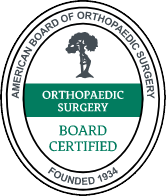Get Moving! Orthopedic Insights
Quadriceps Tendon Repair Post Op Protocol
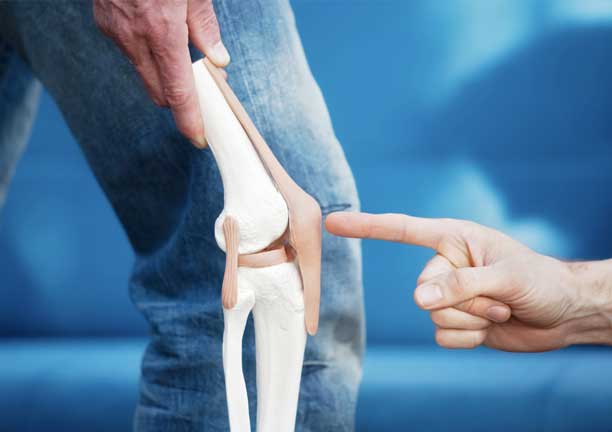 Quadriceps tendon repair is typically needed for individuals who have sustained an injury or tear in the quadriceps tendon. Read on to learn more about general post op protocols, what the best sleeping options are post op, when one can expect to walk and exercise post op, as well as tips on speeding up recovery.
Quadriceps tendon repair is typically needed for individuals who have sustained an injury or tear in the quadriceps tendon. Read on to learn more about general post op protocols, what the best sleeping options are post op, when one can expect to walk and exercise post op, as well as tips on speeding up recovery.
Is Cracking Your Neck Bad For You?
 Cracking or popping your neck occasionally is generally considered harmless for most people. It is commonly associated with the release of gas bubbles within the joints, specifically the facet joints in the neck. This release of gas can create a cracking sound. However, cracking your neck excessively or forcefully may have potential risks and should be avoided.
Cracking or popping your neck occasionally is generally considered harmless for most people. It is commonly associated with the release of gas bubbles within the joints, specifically the facet joints in the neck. This release of gas can create a cracking sound. However, cracking your neck excessively or forcefully may have potential risks and should be avoided.
What is Pediatric Bone & Joint Day?
 World Pediatric Bone and Joint Day is an observance held on October 19th each year. The day aims to raise awareness about pediatric musculoskeletal conditions, promote early detection and treatment, and emphasize the importance of bone and joint health in children.
World Pediatric Bone and Joint Day is an observance held on October 19th each year. The day aims to raise awareness about pediatric musculoskeletal conditions, promote early detection and treatment, and emphasize the importance of bone and joint health in children.
World Pediatric Bone and Joint Day focuses on various conditions affecting the bones and joints in children, such as fractures, growth plate injuries, scoliosis, developmental dysplasia of the hip, and other musculoskeletal disorders. The goal is to educate the public, healthcare professionals and policymakers about these conditions and their impact on children’s overall health and quality of life.
Top Tips for Recovering from Bunionectomy Surgery
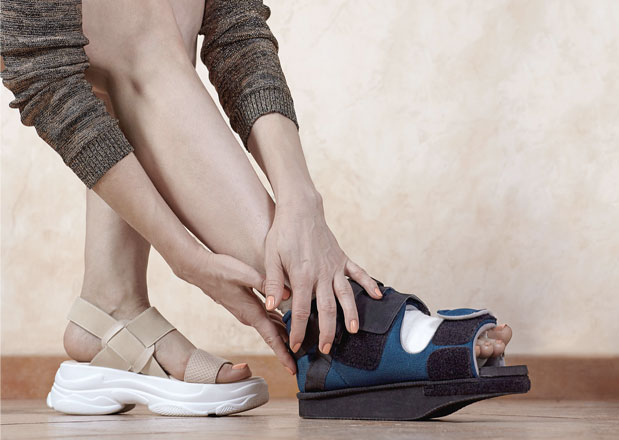
Medically reviewed by Paulina Piekarska, D.P.M. A.A.C.F.A.S.
Recovering from bunionectomy surgery requires time and proper care to ensure optimal healing. Here are some top tips to help you during your recovery:
1. Follow post-operative instructions: Strictly adhere to the instructions provided to you by your surgeon or healthcare provider. This includes guidelines on wound care, dressing changes, weight-bearing restrictions, and medication usage.
Juvenile Arthritis Diet Tips for Managing Pain
 Juvenile arthritis (JA) refers to a group of chronic inflammatory diseases that affect children and teenagers. An autoimmune condition, the exact cause of juvenile arthritis is not yet fully understood, but it is believed to involve a combination of genetic and environmental factors.
Juvenile arthritis (JA) refers to a group of chronic inflammatory diseases that affect children and teenagers. An autoimmune condition, the exact cause of juvenile arthritis is not yet fully understood, but it is believed to involve a combination of genetic and environmental factors.
It is important to work with a doctor to help guide you and your child through JA. The discussion of medication, pain management, physical activity, emotional support, and diet is critical to the overall well being of your child. It can seem overwhelming, but one of the easiest changes to make in the life of a child with JA is through food.
Shin Splints in Kids: A Guide to Treatment
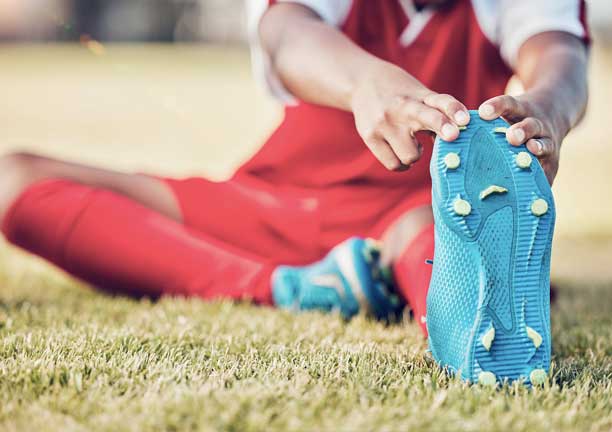 Medically reviewed by Angelo Ciminiello, M.D.
Medically reviewed by Angelo Ciminiello, M.D.
Yes, children can get shin splints. Shin splints, also known as medial tibial stress syndrome, can occur in children who engage in activities that involve repetitive impact on the legs, such as running, jumping, or playing sports like soccer or basketball. Shin splints can be a common source of discomfort and pain for young athletes, but with proper knowledge and proactive measures, they can be effectively managed. In this article, we will explore the symptoms, causes, diagnosis, and treatment options for shin splints in kids. By understanding these key aspects, parents, coaches, and young athletes themselves can work together to ensure a safe and healthy sporting experience. So, let's dive into the world of shin splints and discover how to keep young feet moving with confidence and comfort.
What are the First Signs of Hip Problems?
 Medically Reviewed by Jessica Morton, M.D.
Medically Reviewed by Jessica Morton, M.D.
Recognizing the early signs of hip problems is crucial for timely intervention and effective treatment. The hip joint plays a vital role in mobility and bears a significant amount of weight, making it susceptible to various conditions. By understanding the initial signs, you can take proactive steps to address hip issues before they worsen. In this article, we will explore the common early signs of hip problems and the importance of seeking medical attention for accurate diagnosis and appropriate treatment.
How to Know If You Pulled Your Hamstring
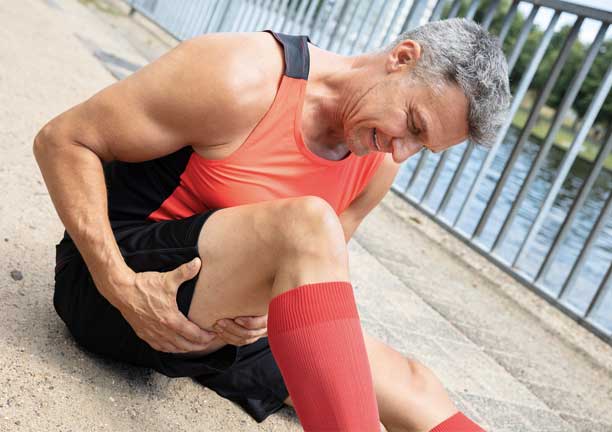 A hamstring strain, also known as a pulled hamstring, is a common injury that occurs when the muscles at the back of the thigh are stretched or torn. It typically happens during activities that involve sudden movements, excessive stretching, or forceful contractions of the hamstring muscles. The severity of a hamstring strain can range from mild to severe, affecting mobility and causing pain.
A hamstring strain, also known as a pulled hamstring, is a common injury that occurs when the muscles at the back of the thigh are stretched or torn. It typically happens during activities that involve sudden movements, excessive stretching, or forceful contractions of the hamstring muscles. The severity of a hamstring strain can range from mild to severe, affecting mobility and causing pain.
What are the Four Stages of Osteoarthritis?
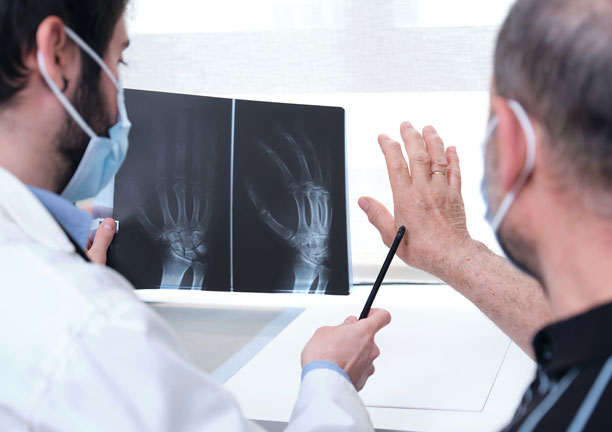 Osteoarthritis(OA) is a degenerative joint disease that results from the gradual breakdown of joint cartilage, which cushions the ends of bones and allows them to move smoothly against each other. As the cartilage wears down, bones may rub against each other, causing pain, stiffness, swelling, and other symptoms.
Osteoarthritis(OA) is a degenerative joint disease that results from the gradual breakdown of joint cartilage, which cushions the ends of bones and allows them to move smoothly against each other. As the cartilage wears down, bones may rub against each other, causing pain, stiffness, swelling, and other symptoms.
Compression Socks After Surgery: What You Need to Know
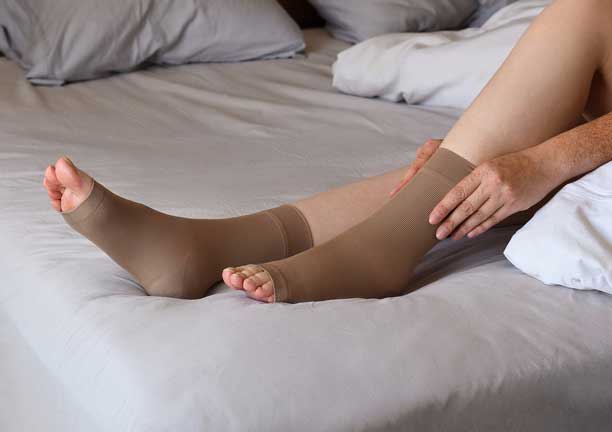
Compression socks after surgery play an important role in aiding the recovery process for patients. Not only do they improve blood circulation and reduce the risk of blood clots, but they can also help alleviate swelling and discomfort. In this article, we'll explore exactly what compression socks are, and some of the most common questions we get relating to wearing them after surgery. Let's dive in!




